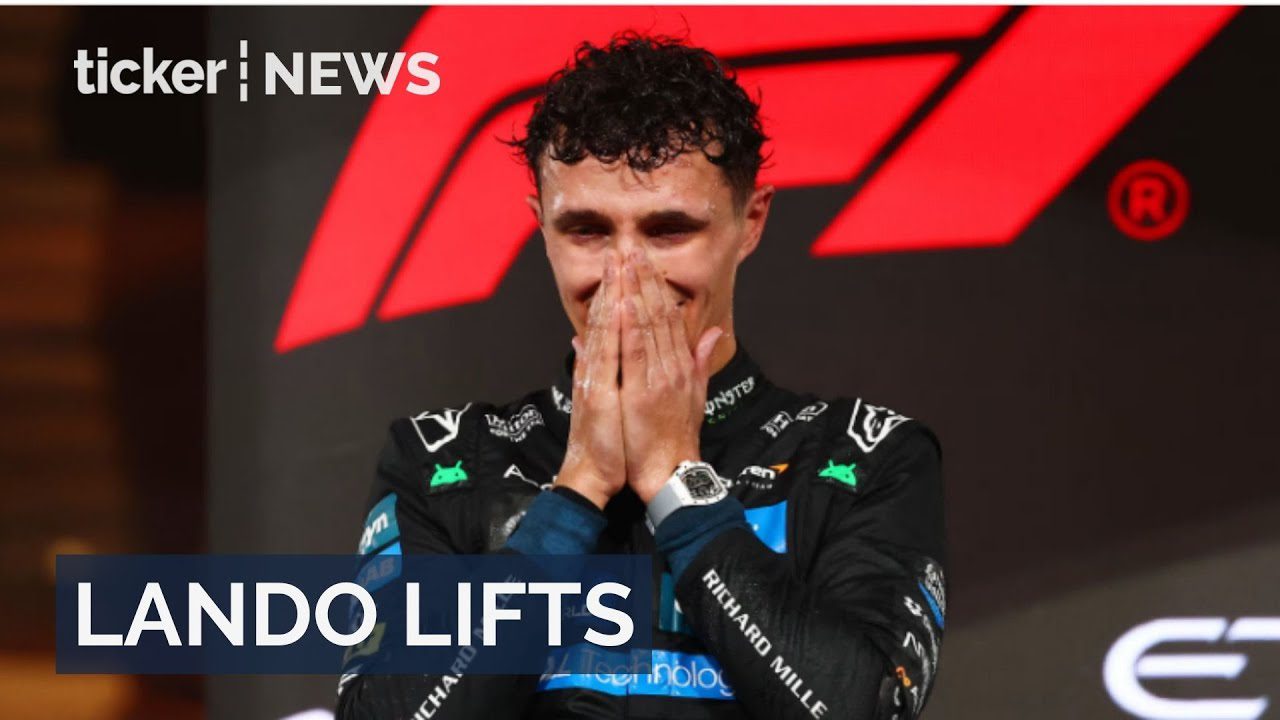An unexpectedly weak U.S. employment report has rekindled worries a recession may be looming, potentially dashing the Federal Reserve’s hopes for a soft landing for the economy.
With stock markets reeling on the premise the Fed has now kept interest rates too high for too long, a narrative of a balanced outcome has suddenly been overtaken by bearish sentiment.
Growth and Demand
Most recessions occur when overall economic output, or gross domestic product (GDP), falls significantly. This has not happened, nor does it appear imminent. Growth in the second quarter came in at 2.8% on an annualised basis, double the rate of the first quarter, matching the average growth rate over the three years before the pandemic.
Fed Chair Jerome Powell’s preferred gauge of underlying private-sector demand, final sales to private domestic purchasers, held at 2.6% in the second quarter, aligning with its average of the last 18 months.
Services Sector Strength
The Institute for Supply Management’s services activity index climbed back into expansion territory, with new orders and employment measures rebounding. Similarly, S&P Global’s services activity measure, accounting for two-thirds of U.S. economic activity, remained near its highest in over two years in July.
Chris Williamson, chief business economist at S&P Global Market Intelligence, noted that the surveys indicate ongoing economic growth at a solid annualised 2.2% pace.
Inflation Cooling
High interest rates persist due to the inflation surge in 2021 and 2022, which has been slow to abate. Early 2024 saw an unexpected inflation uptick, delaying potential rate cuts. However, recent data shows inflation nearing the Fed’s 2% target, suggesting that rate cuts may begin soon. The critical question for investors is whether the Fed waited too long to prioritise employment over inflation.
Job Market Signals Recession?
U.S. employers have slowed hiring, adding an average of about 170,000 jobs each month over the past three months, down from 267,000 a month in the first quarter and 251,000 last year.
The unemployment rate rose in July for the fourth consecutive month to 4.3%, the highest since October 2021.
The Sahm rule, indicating a recession when the three-month moving average of the unemployment rate rises by half a percentage point above its low from the previous 12 months, has historically been accurate.
Claudia Sahm, the economist who defined the rule, noted on Bloomberg TV that while the economy is probably not currently in a recession, it is “uncomfortably close.”
Delinquencies on the Rise
The U.S. household debt delinquency rate rose to 3.2% in the first quarter from 3.1% at the end of last year. Although this is below the 4.7% seen before the pandemic, delinquency rates among credit-card borrowers, particularly younger and lower-income groups who have maxed out their credit limits, have increased significantly.
Analysts warn that financial strains on low-income households could ripple through the broader economy.
The New York Fed is set to release second-quarter data on Tuesday.
Recent economic reports have consistently fallen short of economists’ forecasts, with the latest weak employment data exemplifying this trend.
Citigroup’s “Surprise Index” is near a two-year low, reflecting diminished investor confidence in the Fed’s ability to engineer a soft landing for the economy.
What Can Be Done?
The 2020 pandemic recession saw aggressive fiscal and monetary interventions, including rate cuts to zero and massive bond purchases by the Fed, alongside substantial government spending.
This time, the Fed’s policy rate, currently in the 5.25%-5.5% range, provides more room for cuts compared to March 2020. However, high U.S. government debt levels may limit robust fiscal stimulus from the current or next presidential administration.




 News4 days ago
News4 days ago


 Ticker Views4 days ago
Ticker Views4 days ago


 News3 days ago
News3 days ago


 News3 days ago
News3 days ago


 News4 days ago
News4 days ago


 Shows3 days ago
Shows3 days ago


 News4 days ago
News4 days ago


 Leaders3 days ago
Leaders3 days ago





